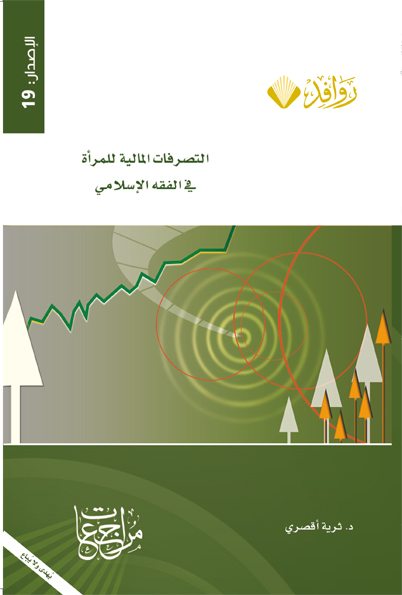
By Dr. Abu Ameenah Bilal Philips
To qualify a scripture as divinely revealed, it must be totally accurate in its descriptions of reality: the past, the present and the future. The Qur’an has many stories about previous Prophets and their peoples. Some of these stories have elements in them that can be checked out for their accuracy.
One example of the Qur’an’s precision in its historical descriptions is in the story of Prophet Yusuf (Joseph), who was sold as a slave in Egypt, but rose to become an important official in the government, which made it possible for him to bring his whole family to live there in honor.
Most historians agree that the entry of the Children of Israel into Egypt occurred when the northern half of the country was ruled by the Hyksos, Semitic invaders who were the first non-Egyptians to rule that country since the rise of the Old Kingdom. The Qur’an always calls the Egyptian ruler who confronted Moses by the title of “Pharaoh.” Every Egyptian ruler was called by this title starting from the reign of Amenhotep IV in the 14th century BC, but not before that. Yusuf lived at least two hundred years before Amenhotep IV. The Qur’an consistently refers to the ruler in Joseph’s time, as “Al-Malik,” the king:
The king [Al-Malik] said, ‘Bring him to me. (Yusuf 12:50)
It should be noted that the Bible refers to the ruler of Joseph’s time as “Pharaoh,” which was an anachronism inserted by the scribes who wrote the books of the Old Testament centuries after Moses.
This part of the chapter is based on Dr. Maurice Bucaille’s book “Moses and Pharaoh. The Hebrews in Egypt”
Source: Bucaille, Maurice, Moses and Pharaoah: The Hebrews in Egypt, p. 176. Tokyo: NTT Mediascope, 1st ed. 1994.[opic_orginalurl]


